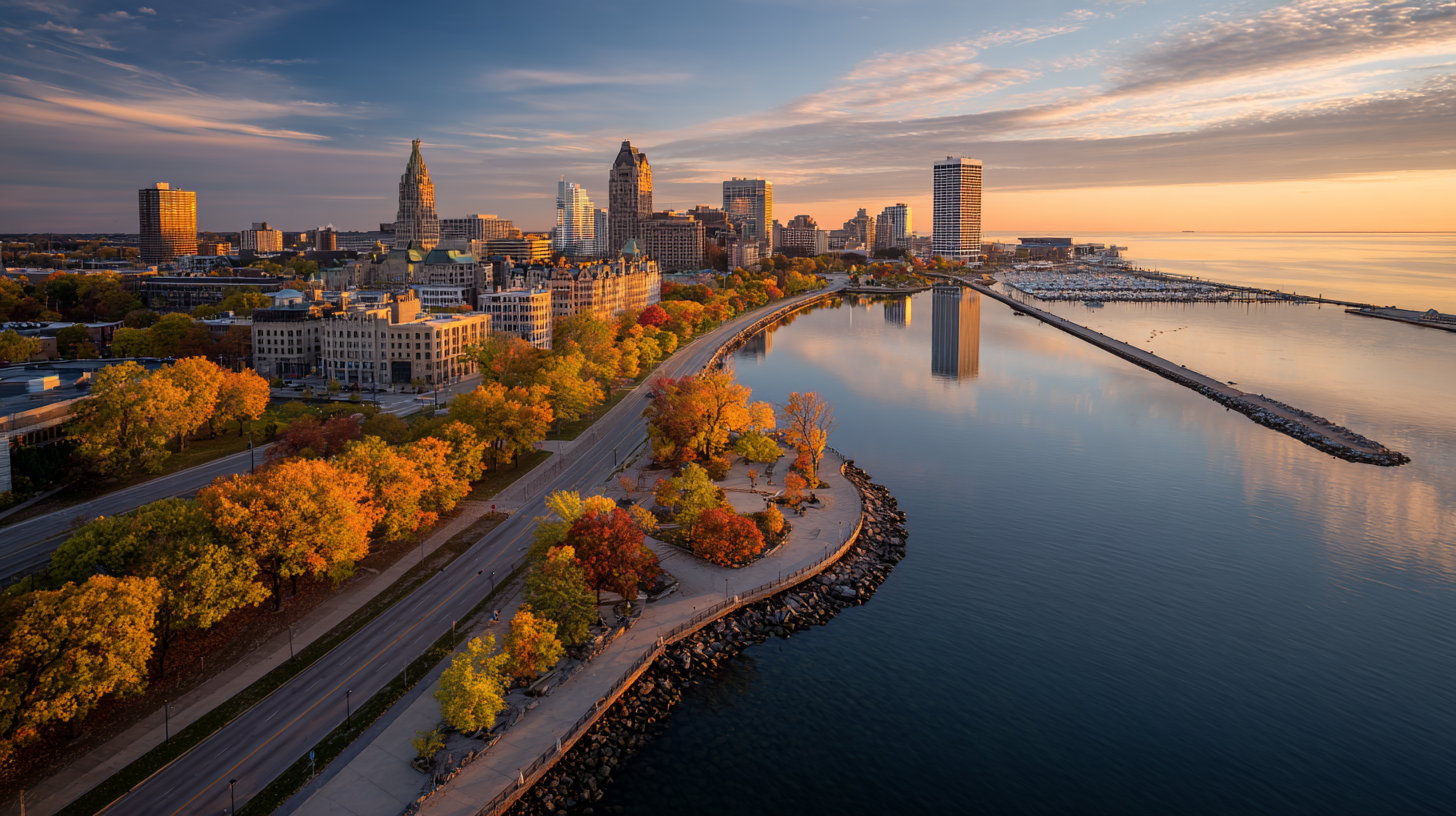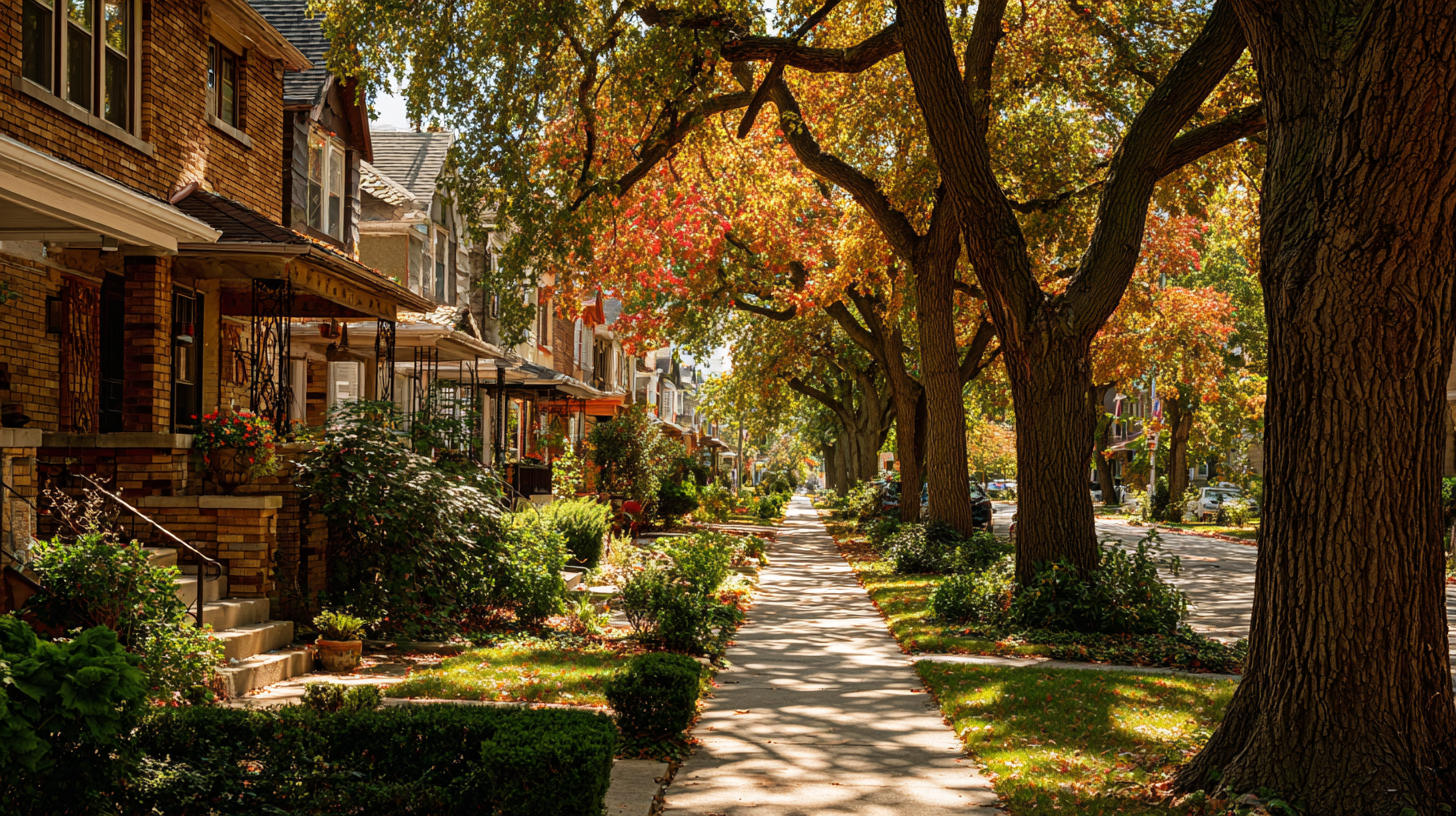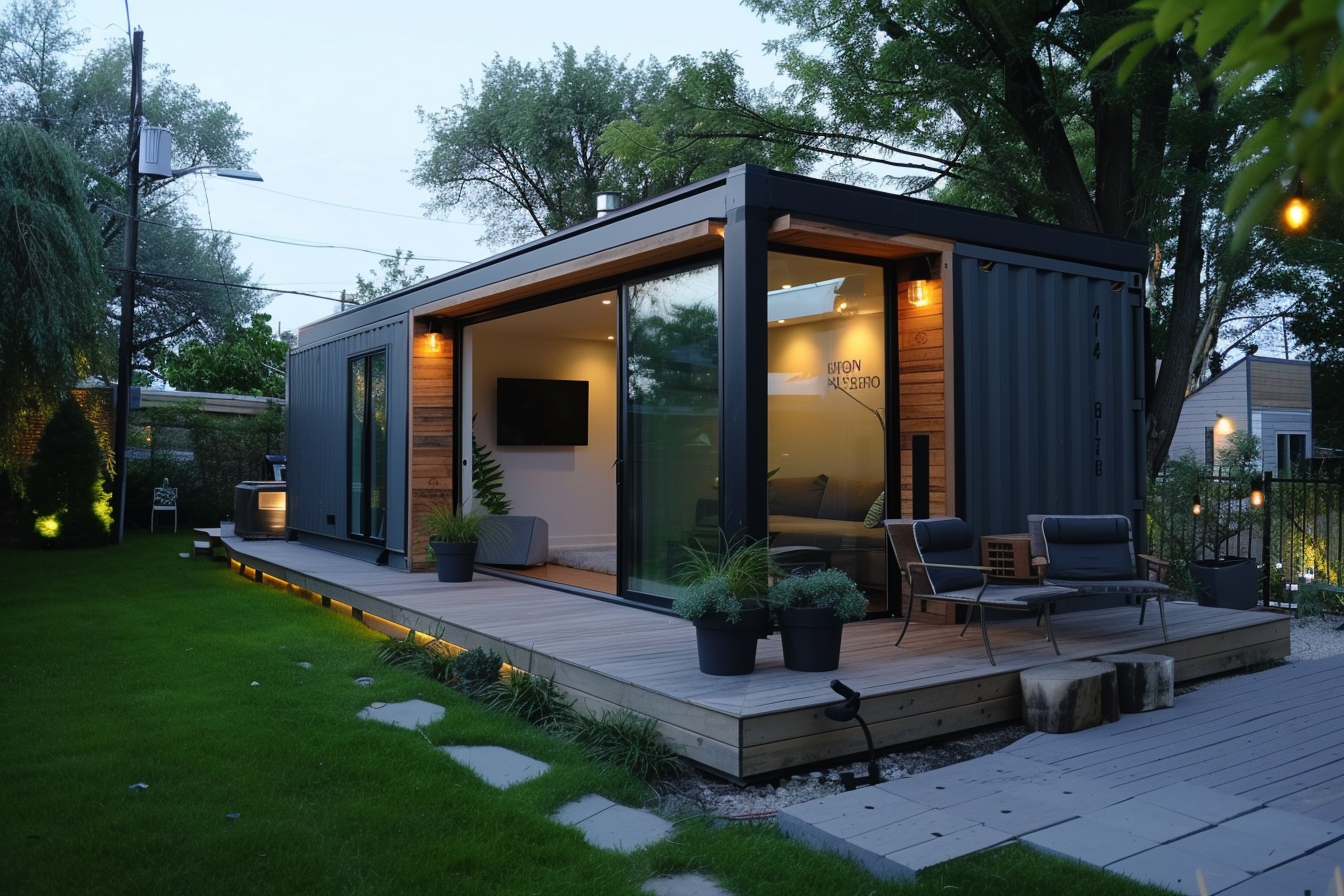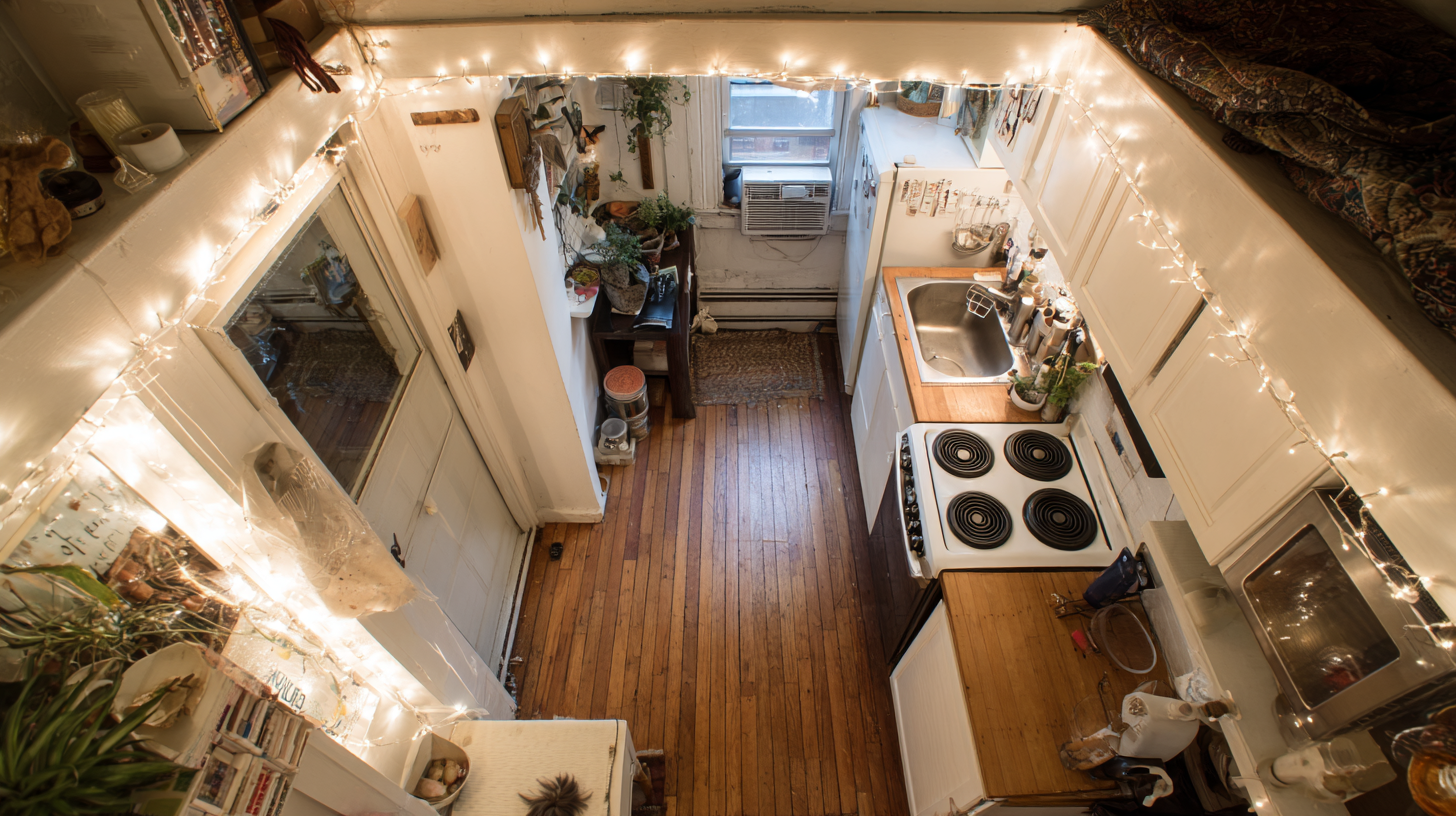10 Pros and Cons of Living in Wisconsin (Simple 2025 Guide)
Thinking about moving to Wisconsin? This plain-English guide shares the 10 pros and cons of living in Wisconsin so you can decide with confidence. We use clear words, short sentences, and steady numbers. We also name our sources, like the U.S. Census Bureau, Redfin, HUD Fair Market Rent, the Tax Foundation, NOAA, Wisconsin DNR,
ReadyWisconsin, and the Asthma and Allergy Foundation of America.
You will learn about seasons, costs, taxes, bugs, weather, food, nature, and more. We also add easy tips you can use right away. If you plan to rent in Milwaukee or Green Bay, you will find a helpful local CTA for Enigma Properties at the end.
How we use facts in this guide
We keep things simple and consistent:
- Time window: We use 2024–2025 ranges.
- Home prices: We share statewide median ranges to fit monthly changes (Redfin).
- Rent: We use typical 2-bedroom ranges (HUD Fair Market Rent).
- Weather: We use normal averages (NOAA).
- Property taxes: We use effective rate comparisons (Tax Foundation).
- Nature and risks: We use state and national sources (Wisconsin DNR, ReadyWisconsin, AAFA).
This helps the numbers make sense and stay steady over time.
Quick facts you can trust
- Population: About 5.9 million people (U.S. Census Bureau, 2024 estimate).
- Typical home sale price (statewide): About $280,000 to $340,000 in 2024, depending on the month (Redfin Data Center).
- Typical 2-bedroom rent: About $1,000 to $1,300 in many areas (HUD Fair Market Rent, 2024–2025).
- Property tax effective rate: Around 1.5%, among the higher states (Tax Foundation).
- Lakes: 15,000+ (Wisconsin Department of Natural Resources).
- Summer and winter: July highs ~78–82°F in big cities; January lows ~5–15°F in many places (NOAA/National Weather Service).
- Weather risks: Floods, severe storms, winter storms, and some tornadoes (ReadyWisconsin / Wisconsin Emergency Management).
- Allergies: Pollen and mold can spike in spring and summer (Asthma and Allergy Foundation of America).
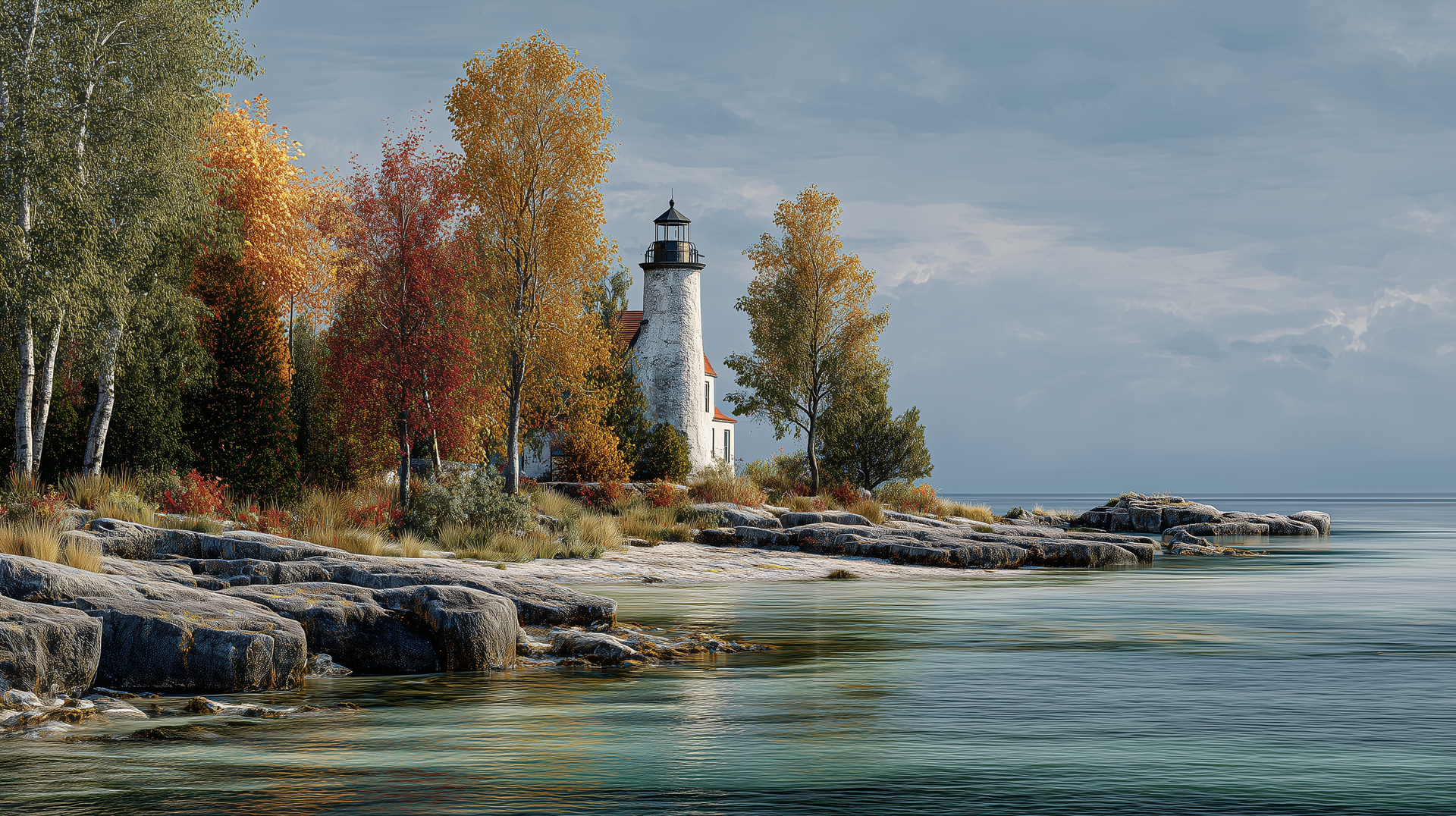
10 Pros and Cons of Living in Wisconsin
Below are ten real things you will notice in daily life. We mix pros and cons so you get a full picture. We also add short tips you can use right now.
Pro 1: Four real seasons you can feel
Wisconsin has spring, summer, fall, and winter in full. Spring warms up and brings flowers. Summer is bright and warm. Fall is crisp and colorful. Winter is snowy and cold.
NOAA climate normals show July highs around 78–82°F in larger cities. They also show January lows near 5–15°F in many places. These numbers match what people feel day to day.
Why this helps: You can enjoy different fun in each season. Think lakes in July and snow days in January.
Try this: Keep a “season box” near your door. In summer, put in sunscreen and bug spray. In winter, swap it for gloves, hats, and a scraper.
Con 1: Winters are long and take effort
Winter often runs from November to March. You will see snow, ice, and wind. Roads can be slick. Shoveling takes time. Heating bills may rise in the coldest weeks. This is normal life in the Upper Midwest, and it lines up with NOAA and local weather reports.
Tip: Make a winter plan. Wake 15 minutes early on storm days. Keep a shovel, salt, and warm boots ready. Small steps reduce stress.
Pro 2: Cost of living is friendly for many budgets
Your dollar can go further here than in many coastal states.
- Homes: In 2024, the statewide median home sale price usually fell in a $280,000 to $340,000 range, month to month (Redfin).
- Rent: A typical 2-bedroom runs about $1,000 to $1,300 in many areas (HUD Fair Market Rent, 2024–2025).
These ranges help you plan. Your exact price will depend on the city and even the block.
Why this helps: Families, students, and retirees can often find a place that fits their budget.
Try this: If you rent, ask to see the last 12 months of utility bills. Winter heat can change your monthly costs. This keeps your budget real.
Con 2: Property taxes are high compared to many states
Wisconsin has higher property taxes than many places. The effective rate is around 1.5% on average, which is in the top group nationwide (Tax Foundation). This helps fund local services but can raise the yearly cost for homeowners.
Tip: If you plan to buy, ask your lender for a full PITI estimate (principal, interest, taxes, insurance). You will see the true monthly payment on day one.
Pro 3: Nature is close and easy to enjoy
Wisconsin has more than 15,000 lakes (Wisconsin DNR). You can swim, fish, canoe, and boat. There are many forests, trails, and parks. You can take short day trips to places like Door County or Apostle Islands National Lakeshore.
Why this helps: You can get outside fast, even if you live in the city. This keeps weekends simple and low-cost.
Try this: Keep a small “go bag” in your car. Add water, snacks, a hat, and a light jacket. You will be ready for last-minute hikes or lake time.
Con 3: Mosquitoes and ticks in warm months
Summer brings mosquitoes and ticks. Mosquitoes can carry West Nile virus. Ticks can carry Lyme disease. Public health groups suggest repellent, long socks in tall grass, and tick checks after hikes. This is common in much of the Upper Midwest.
Tip: Store repellent near your door and in your trunk. After woods or fields, check ankles, behind knees, and along the waistline.
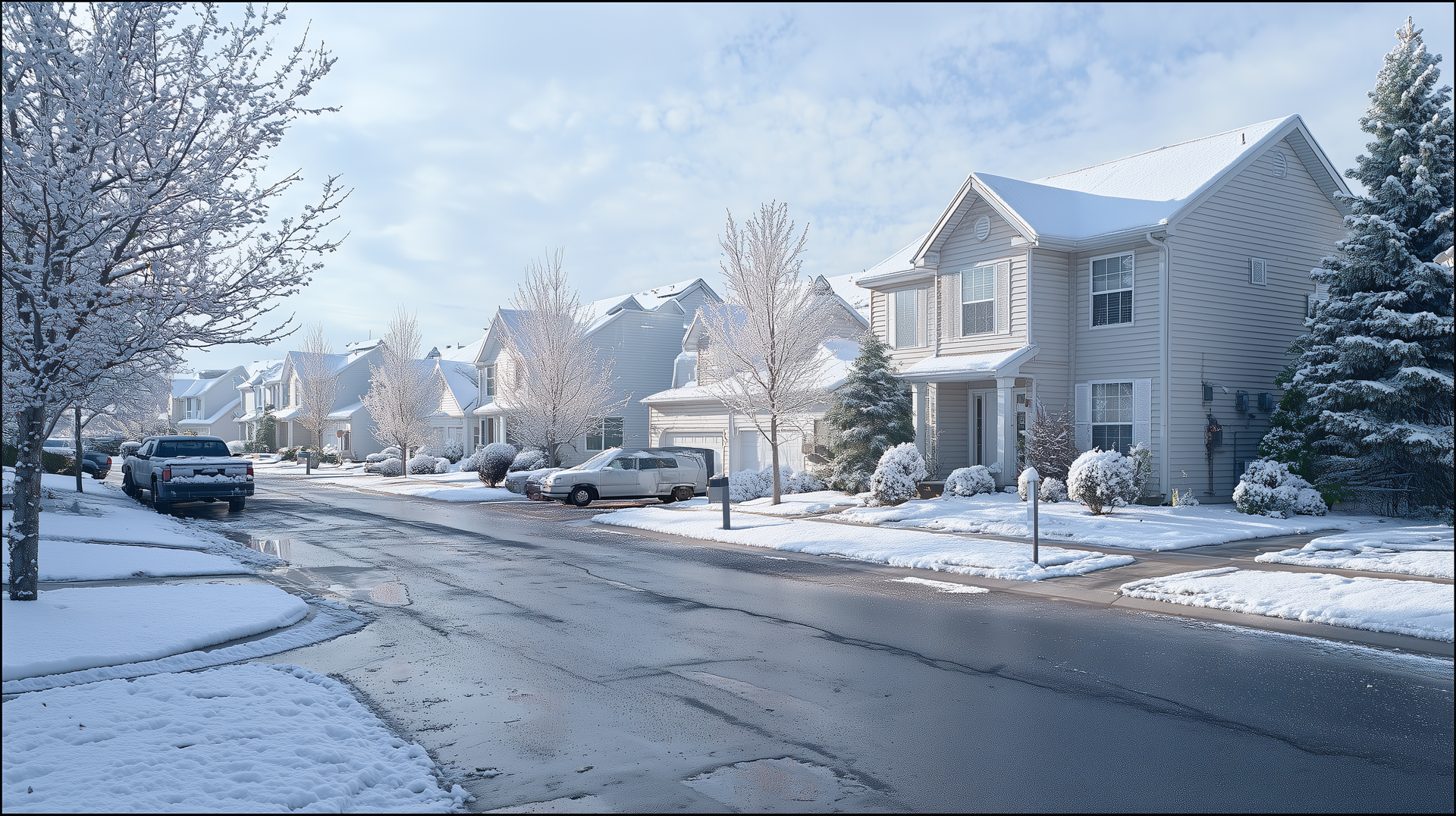
Pro 4: Strong sports culture and community pride
People in Wisconsin love their teams.
- Green Bay Packers (NFL)
- Milwaukee Bucks (NBA)
- Milwaukee Brewers (MLB)
- Wisconsin Badgers (college sports)
Game days feel like holidays. You will see tailgating in sun and snow. Even if you are not a sports fan, it is a fun way to meet people.
Why this helps: Moving can feel lonely. Sports give you an easy way to join in and make friends fast.
Try this: Go to a local watch party. Bring a snack to share. You will feel welcome right away.
Con 4: Severe weather can happen
Wisconsin does not get hurricanes. Still, ReadyWisconsin lists floods, severe storms, winter storms, and some tornadoes as risks. Ice can make roads unsafe. Power can go out in big storms.
Tip: Sign up for local weather alerts. Keep a small emergency kit with water, snacks, flashlights, batteries, phone chargers, and a first-aid kit. Know where to go in your home for storms.
Pro 5: Rich food scene with local flavor
Food here is proud and local. Think cheese curds, brats, Friday fish fry, supper clubs, and craft beer. You will also see food from many cultures, like German, Scandinavian, and Hmong. Farmers markets are common in warmer months.
Why this helps: You can eat well without spending a lot. You can explore new places and feel part of the community.
Try this: Pick a new fish fry each month. It is a simple way to learn a neighborhood and meet people.
Con 5: Allergy season can be tough
Pollen and mold can spike in spring and summer. The Asthma and Allergy Foundation of America notes the Midwest often sees strong seasonal peaks. If you have allergies, plan ahead.
Tip: Check daily pollen counts. Use a HEPA air filter at home. Keep windows closed on high-pollen days. Shower after yard work to remove pollen.
What the 10 pros and cons of living in Wisconsin mean for daily life
Let’s make it real:
- You will use winter gear, bug spray, and a swimsuit in the same year.
- You can likely find a home or rental that fits a normal budget, if you shop by area and building.
- If you buy, plan for property taxes as part of your monthly cost.
- The outdoors will be easy to reach. A short drive can take you to quiet woods or a sunny lake.
- Weather risks are a part of life. Planning and small kits help a lot.
- If you have allergies, you can still enjoy life here with a simple plan.
This picture matches the facts and sources above. It also matches how most residents live day to day.
Where to live in Wisconsin (short list)
Milwaukee
Lake views, festivals, sports, and a lively food scene. Many rental options close to work and transit.
Madison
College-town energy, bikes, and two lakes. Busy during school months. Very active outdoors.
Green Bay
Family pace, strong NFL culture, easy drives, and budget-friendly homes.
Smaller towns (Janesville, Eau Claire, Appleton, and others)
More space and quiet. Often lower prices. A good fit if you want a yard and a calm street.
How to choose:
Walk the block in the day and at night. Drive to a grocery store and a park. Try a local diner or fish fry. You will learn a lot in one afternoon.
Work, transit, and roads
Jobs
Wisconsin has work in
health care, education, advanced manufacturing, agriculture, and some tech. This mix gives you options if you change fields later. You will see different demand by region, but these areas show up across the state.
Transit
Milwaukee and
Madison have bus systems. Some other areas have limited options. In many towns, you will
need a car.
Roads
Salt helps safety in winter, but it can cause rust. Spring can bring potholes. Plan for an alignment check after the deep freeze ends. Wash your car more often in winter to reduce salt damage.
Budget tips that fit the facts
- Home buying: Use the $280k–$340k statewide median range (Redfin 2024) as a starting point, then price by city and block.
- Renting: Expect $1,000–$1,300 for a typical 2-bedroom in many areas (HUD FMR 2024–2025). Some neighborhoods will be above or below.
- Taxes: If buying, factor in an effective ~1.5% property tax rate (Tax Foundation). Ask your lender for a full payment estimate with taxes and insurance.
- Utilities: Ask for the last 12 months of bills from a landlord or seller to see real winter and summer costs.
- Allergies and bugs: Set a small budget line for filters, repellent, and simple meds in spring and summer.
These steps match the same sources we use in this guide, so your plan stays in sync.

Will you love living in Wisconsin?
You may love it if you want:
- Four strong seasons and outdoor fun all year (NOAA; Wisconsin DNR).
- A budget that can work for renters and buyers (Redfin; HUD).
- A friendly, local feel with strong community and sports pride.
- A rich food scene that is easy to enjoy.
It may be harder if you want:
- Year-round warm weather.
- Subway-level public transit in most towns.
- No winter chores or car prep.
If the pros feel right for you, Wisconsin can be a great fit. If the cons feel too big, you can still visit and enjoy summer on the lakes or fall leaves.
Renting in Milwaukee or Green Bay? Enigma Properties can help
Enigma Properties is a local property management company in Milwaukee, Wisconsin. We have rentals across Milwaukee, Green Bay, and nearby areas. We know the blocks, the buildings, the parks, and the shops. We listen first, then share options that fit your life.
Want a cozy studio near work?
Need a family-ready place near schools and parks?
Looking for something quiet with easy parking?
Contact Enigma Properties for more info and current availability. We will help you find a place that fits your budget, your commute, and your style. No pressure. Just honest help so you can make a smart move.
Sources named in this guide
- U.S. Census Bureau — population estimates (2024).
- Redfin Data Center — statewide median home sale price ranges across 2024 months.
- HUD Fair Market Rent — typical 2-bedroom rent ranges for 2024–2025.
- Tax Foundation — property tax effective rate comparisons (about 1.5%).
- Wisconsin Department of Natural Resources (DNR) — 15,000+ lakes.
- NOAA / National Weather Service — climate normals for seasonal highs and lows.
- ReadyWisconsin (Wisconsin Emergency Management) — main weather risks.
- Asthma and Allergy Foundation of America (AAFA) — pollen and allergy guidance.

